Those who read the last issue of Magyar Hírmondó - the first Hungarian-language newspaper - in August 1802, were delighted to learn about the generous donation with which Count Ferenc Széchényi laid the foundations of the Hungarian national library 220 years ago (in addition to books and manuscripts, his donation included engravings, maps and coats of arms). The new institution occupied a special place among the libraries of the time, the so-called thecas, as it did not want to serve the interests of the treasury, nor of individuals or smaller church and secular groups, but of the entire nation.
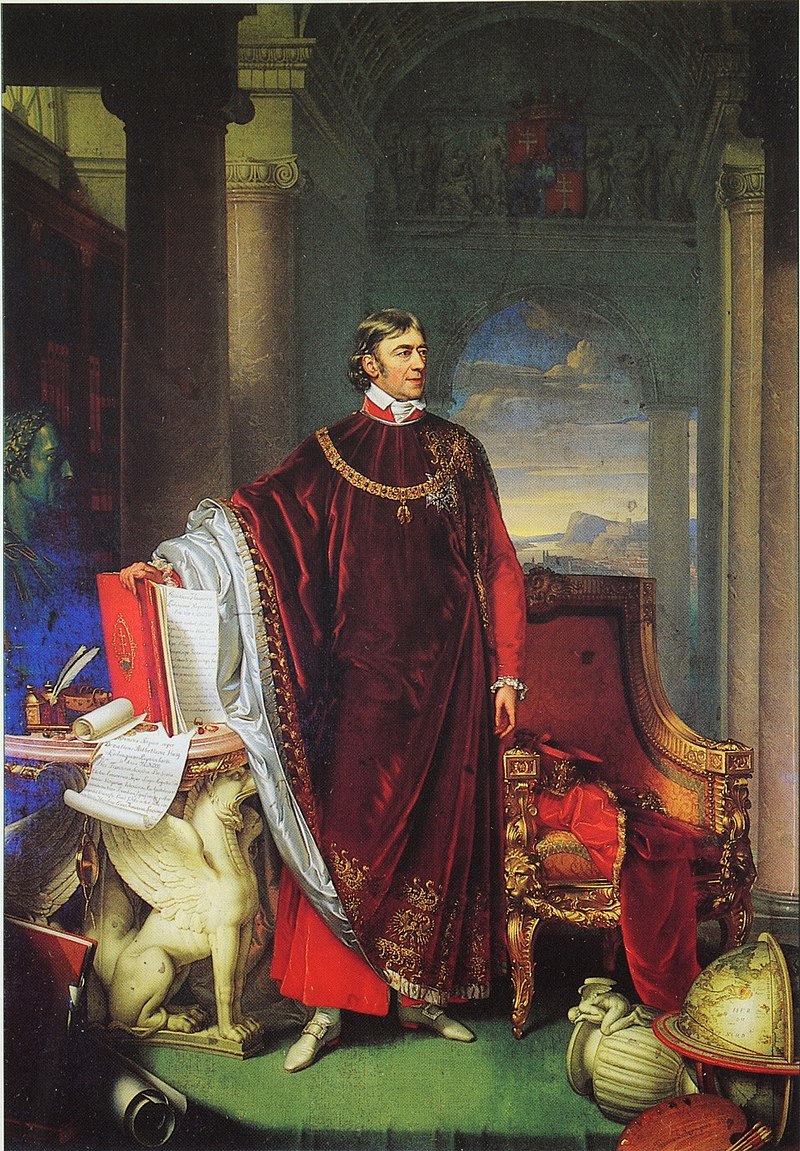
Portrait of Count Ferenc Széchényi, work of Johann Nepomuk Ender from 1823 (Source: Wikipedia)
This idea is also reflected in the memorandum of association, in the introductory part of which the count stated that his collection of books, which involved a lot of effort and trouble, as well as expenses, are "for the benefit of my sweet country and community, and I will donate it to them forever and irrevocably ..."
This intention was also reflected in the term he used, Bibliotheca Nationalis, i.e., National Library. In the memorandum of association, the count also undertook to have catalogues made of the collection at his own expense.
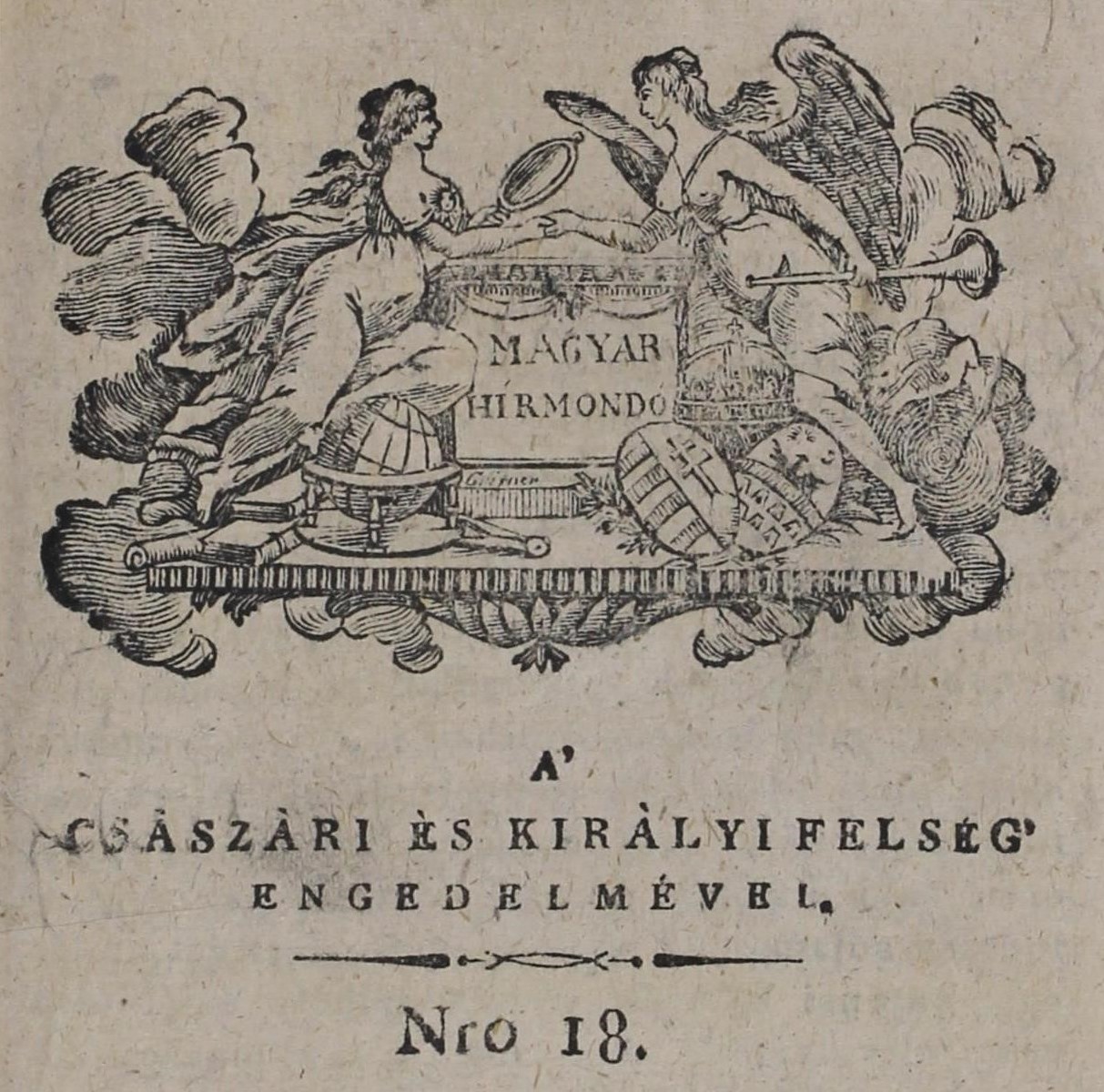
Issue 18 of 1802 of Magyar Hírmondó, which was published on 31 August, reported on the offer of Ferenc Széchényi

Excerpt from the report on the noble offering of Count Ferenc Széchényi (Source: Magyar Hírmondó, Issue 18, 1802)
Ferenc Széchényi appointed Palatine Joseph as the patron of the library, entrusting him with the supervision of the collection. This was a wise and far-sighted decision of the count, since the palatine, raised in one of the centres of Italian culture, was always receptive to science and culture, and was considered a dedicated supporter of it, and during his nearly half-century-long palatineship, he handled the fate of the library with special attention.
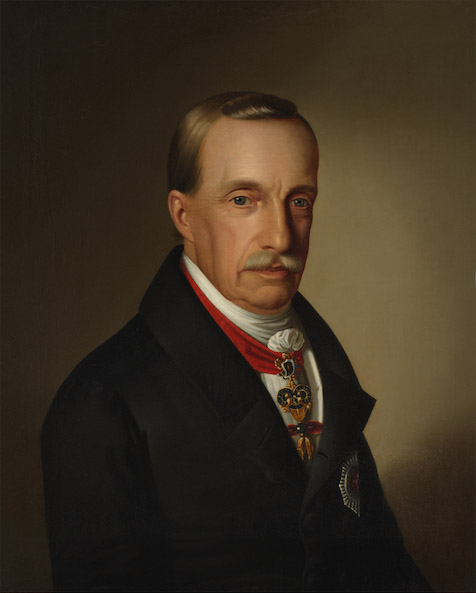
Ferenc Széchényi asked Palatine Joseph (in the picture) to be the patron of the collection, who took care of the count's donation (painting by Miklós Barabás)
The noble offering acted as an example to be followed and as an incentive in its own time. But what has always caused the biggest problem with such donations has arisen now: the issue of placement. The 5,000 volumes of books, 700 manuscripts, 100 volumes of engravings, 40 folders of maps and the 2,000 heraldic figures were in themselves a huge amount, and to handle them appropriately, a suitable room had to be provided in a city, Pest, which was only recently beginning to embark on the path that meant cultural development and urbanisation and eventually becoming a big city. (Of course, the count's offer also helped with these.)
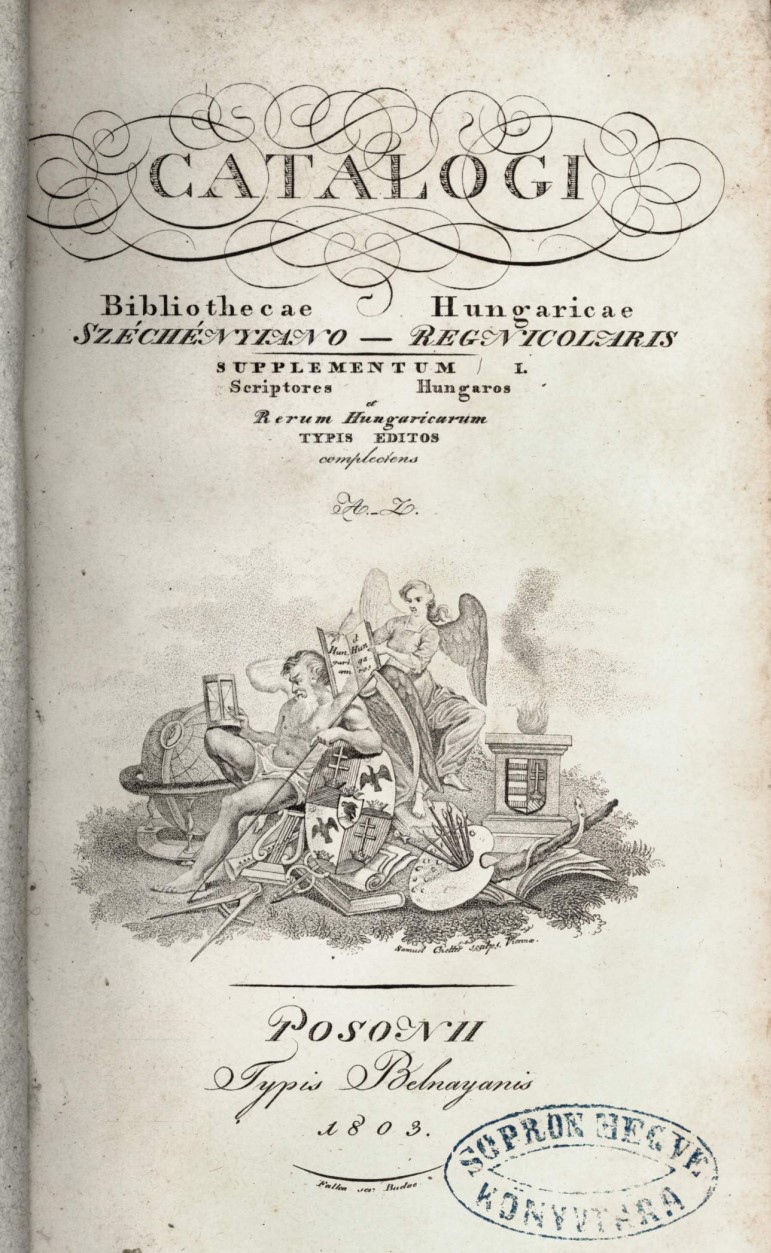
The supplementary volume of the catalogue of the Széchényi Collection, from 1803 (Source: Hungarian National Archives Veszprém County Archives)
Széchényi preceded the processes, and also ensured the proper placement of the collection he offered. He asked the ruler for a suitable treasury building for his collection. There were several such buildings in Pest-Buda at the time when Joseph II disestablished the monastic orders in Hungary, their buildings became the property of the treasury, and over time they were used for various purposes.
The decision was made jointly by Széchényi and the Council of Governors appointed to designate the building - which itself was based in such a monastic order's building - and both of them singled out the monastery of the former Pauline order located in Pálos (today's Papnövelde) Street in the city centre of Pest for this purpose. Of course, the collection did not receive the entire building but only its large hall, which was originally built and furnished for library purposes. So it was an advantage that the room was furnished, with ornately carved cupboards and shelves running from floor to ceiling along the walls.
Széchényi was happy to acknowledge all of this, and he even had someone paint a magnificent fresco on the ceiling of the room, with the coat of arms of the country and the following inscription: Bibliotheca Hungarica Széchényiano-Rgnicolaris, i.e., National Széchényi Library. The ceremonial opening of the library took place on 10 December 1803.
Two years later, however, the era of the library's more than forty-year migration began until it was moved to its permanent location, the National Museum.
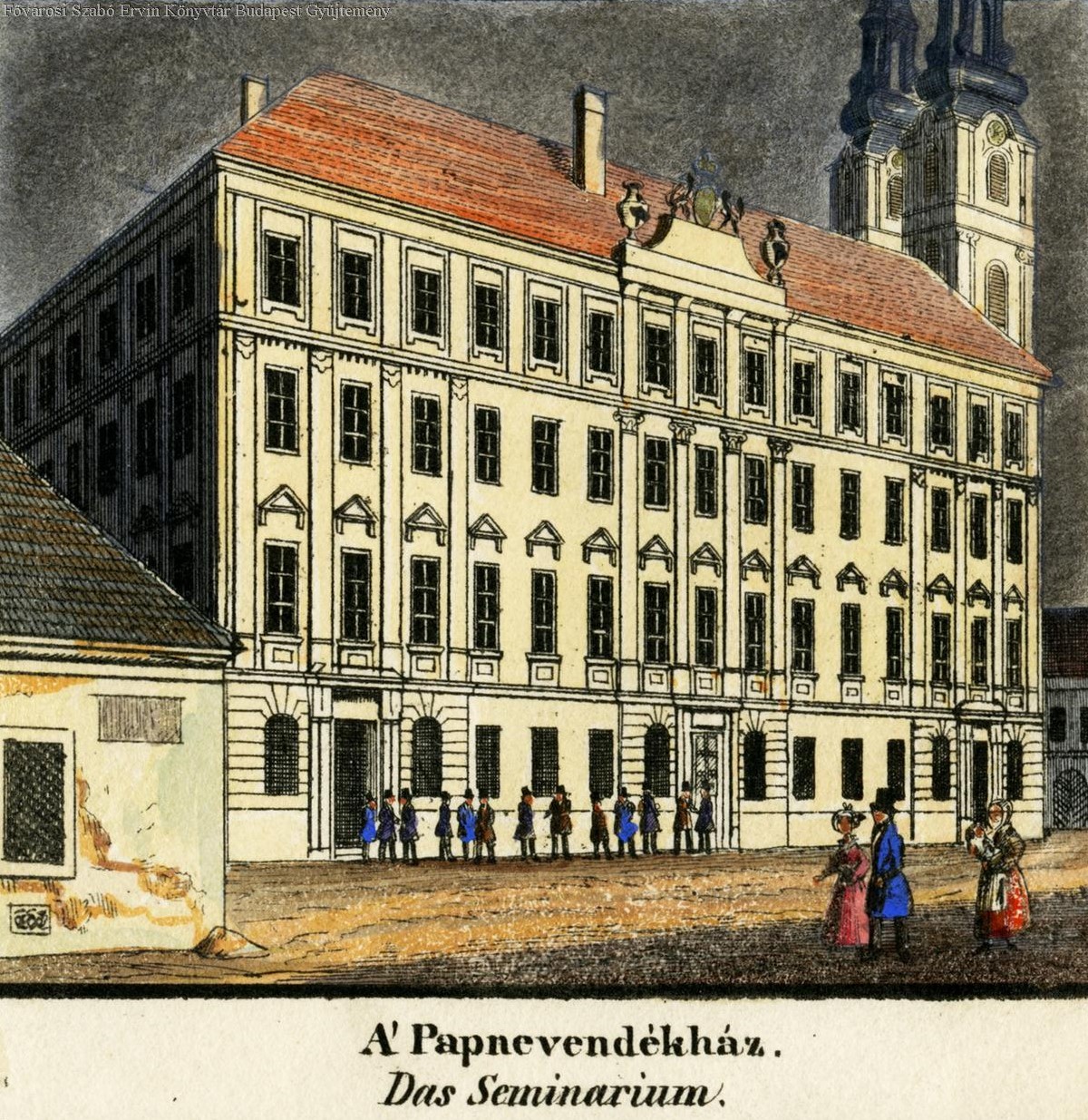
First, the former Pauline monastery in the city centre, which later became a seminary, housed Széchényi's collection. Drawing by Carl Vasquez from 1837 (Source: FSZEK Budapest Collection)

The library room of the later Seminarium Centrale, where Széchényi's collection was once housed (Source: FSZEK Budapest Collection)
As a result of the renewed Franco-Austrian war in 1805, the collection was evacuated to Temesvár. However, its move out of the Pauline monastery was considered final, as the Catholic Church wanted to use the entire monastery for a seminary. (It was probably then that Pálos Street also received the name Szeminárium Street, which was renamed Papnövelde Street in 1874.)
The collection spent the following ten years, from 1807 to 1817, in a part of the Royal University building located next to the Pauline monastery, where less beautiful furniture was available, but there were benefits: the spacious halls for its placement, the separate reading room, and the fact that office rooms and service apartments were also provided for the collection management staff. However, shortly after moving in, in 1809, the valuable library had to be evacuated again due to the Napoleonic wars, this time the location was Nagyvárad.
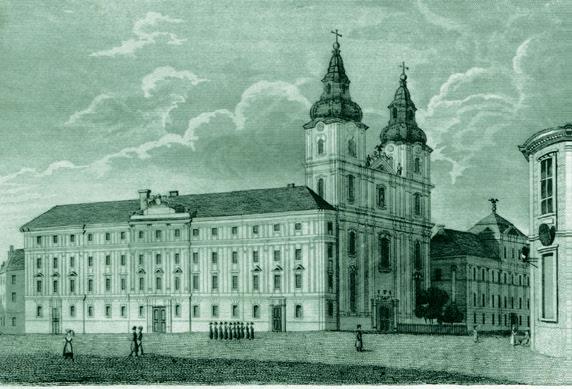
The central building of the Royal Hungarian University at the beginning of the 19th century (on today's Egyetem Square in the city centre), engraving by Leopold Zechmeyer (Source: ELTE ÁJK)
Also thanks to the submission of legal deposits - which was formulated at the time of its founding - the collection was constantly expanding, which made safe storage in the university building risky. All this raised the question of placement again. An important step in the meantime was that in 1808 the Parliament accepted and enacted the Palatine's intention to establish the National Museum (Article 8 of 1808 - on the establishment of the National Museum and other measures to promote the cultivation of the Hungarian language), which not only provided suitable, orderly conditions for various material memories, but also the National Library founded by Széchényi.
Over time, the final location of the museum building was also decided: the Batthyány Plot on the then Országút (today's Múzeum Boulevard) was designated for this purpose, the property where the museum still stands today. At that time, a spacious villa surrounded by a large garden was located on the plot of land near the already demolished Kecskeméti Gate, which also had a few small garden buildings.
The villa was built by Archbishop Ferenc Klobusiczky of Kalocsa in the 18th century, and later Archbishop József Batthyány became its owner. Until the museum was completed, the library also moved into this villa building, on the ground floor of which it was located in 1817. It had a vestibule, an approximately 14-metre-long ceremonial hall and six storage rooms. The following twenty years, on the other hand, were a period of calm growth.
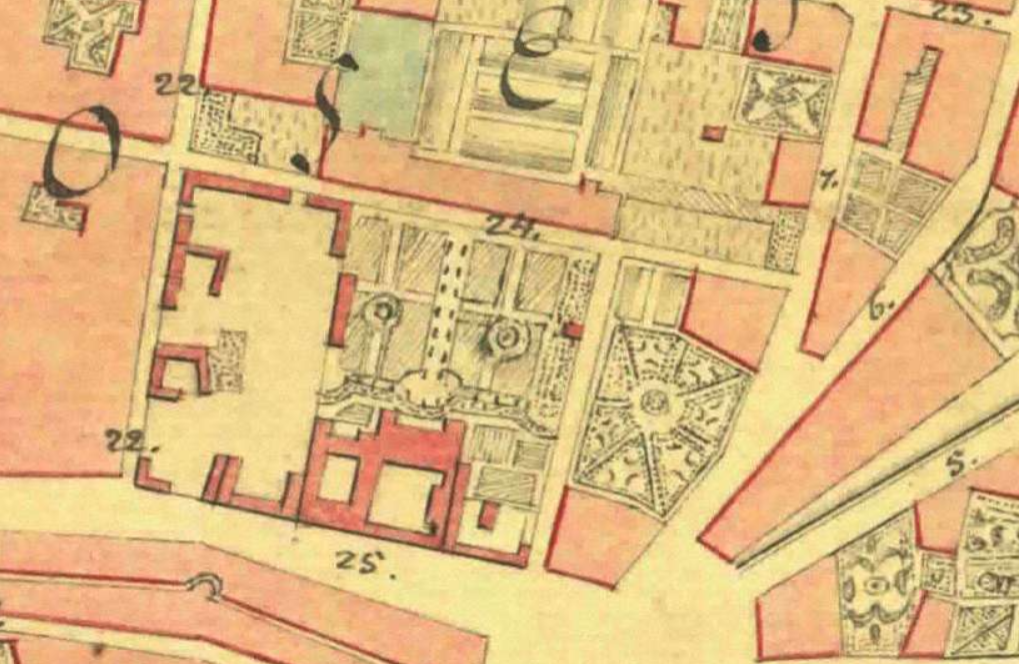
On the map, the number 25 marks the former Országút (the present-day Múzeum Boulevard), just above the number 25, the Batthyány Villa can be seen, where the collection could be visited between 1817 and 1837. Part of Franz Neuheuser's map, made in 1793 (Source: FSZEK – Hungaricana)
Another move was made necessary by the Great Flood of 1838. The collection was fortunately saved from the worst flood in Pest, the books were moved from the ground floor of the Batthyány Villa to the upper floor, but the water that flooded the city damaged the building so much that a new, safe place had to be found for it again. This safe location, which was not reached by the water of the Danube flooding in 1838, was the military officer training institute on Üllői Road, Ludoviceum (Ludovika). The collection had been given seven large rooms on the first floor of the building.
Of course, everyone knew that this was only a temporary solution for the institution that plays an important role in national culture since in 1837 the construction work of the National Museum had already begun, where a worthy place was also intended for the library. The museum was moved into the building in the summer of 1846, but due to the stormy historical events of the time, the final and complete set-up and professional placement of the collection could only take place in 1875, after the Compromise.
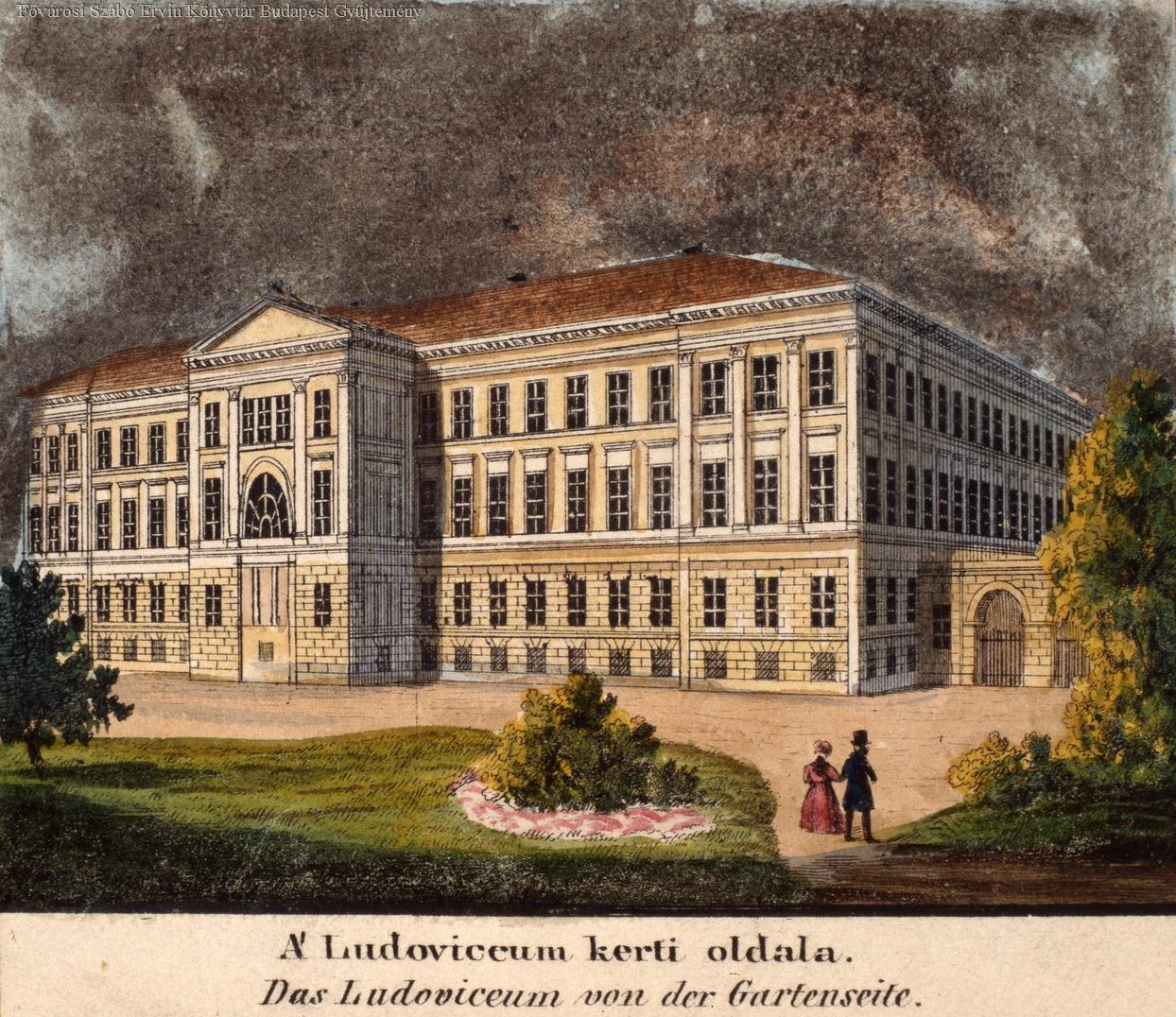
The Ludovika building in 1837, on a drawing by Carl Vasquez. The library was evacuated here after the flood of 1838, and from here it moved to its final location, the National Museum (Source: FSZEK Budapest Collection)
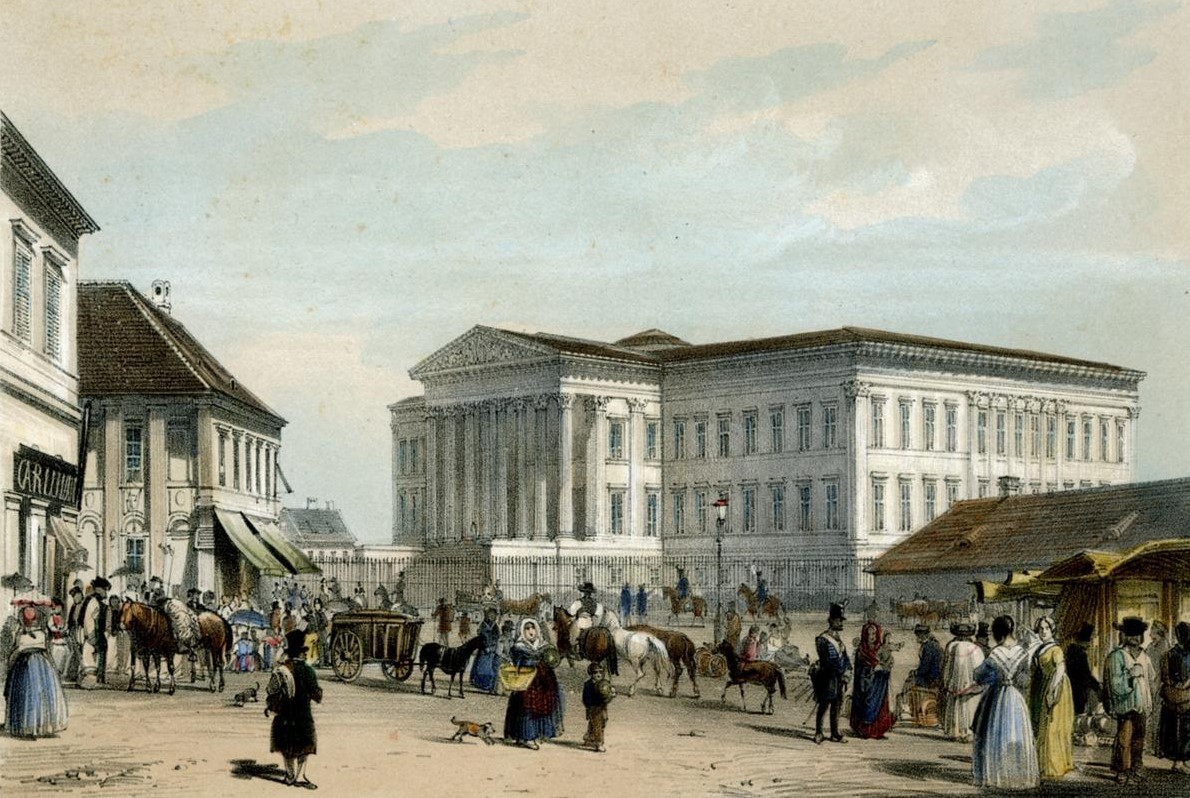
The National Széchényi Library spent most of its time within the walls of the National Museum, where it moved in the summer of 1846. Rudolf Alt's graphic from 1853 (Source: FSZEK Budapest Collection)
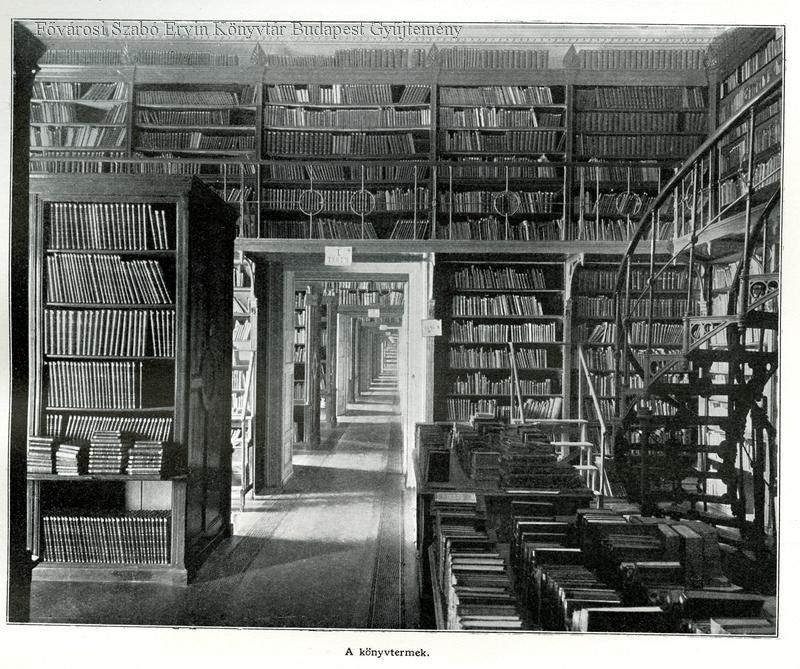
The National Széchényi Library in the building of the Hungarian National Museum, 1902 (Source: FSZEK Budapest Collection)
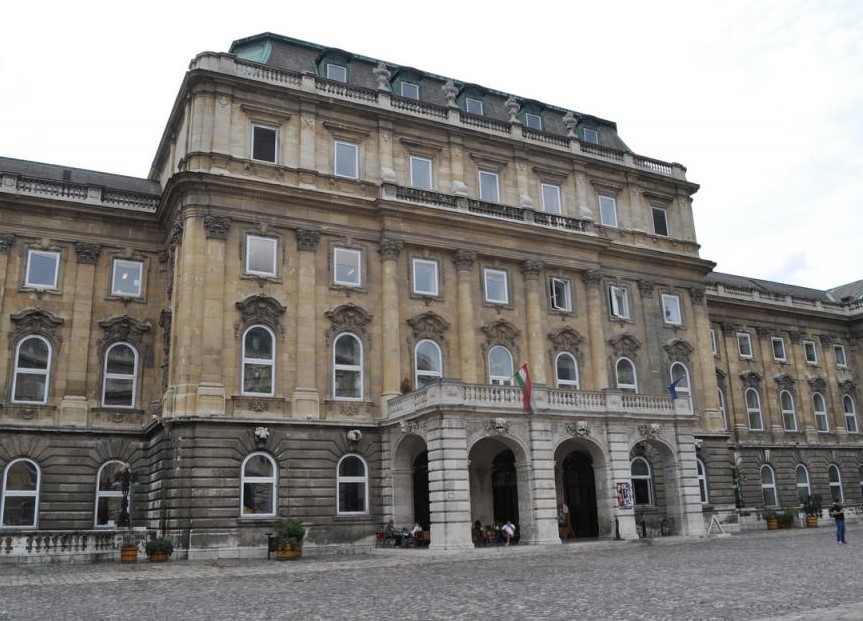
Building F of the Buda Castle now houses the National Széchenyi Library (Source: Wikimapia)
Some of the rooms on the first floor of the museum were already planned to house the library, so the idea of moving away was not discussed for more than a hundred years. The institution moved into Building F of the Buda Castle in 1984.
Cover photo: The library room of the later Seminarium Centrale, where Ferenc Széchényi's donation was once placed (Source: FSZEK Budapest Collection)

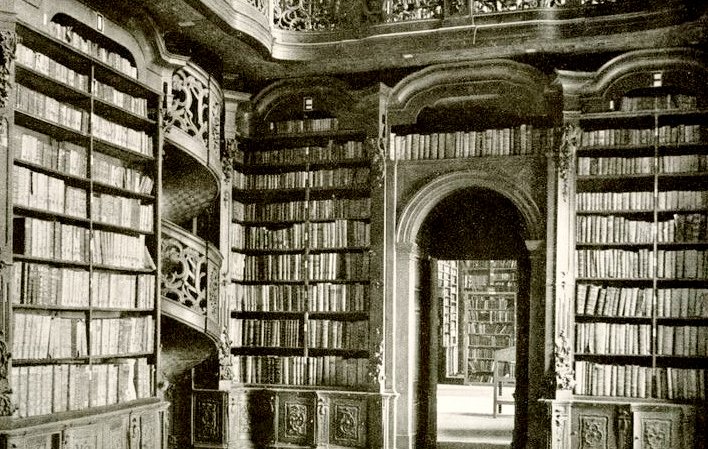


































Hozzászólások
Log in or register to comment!
Login Registration